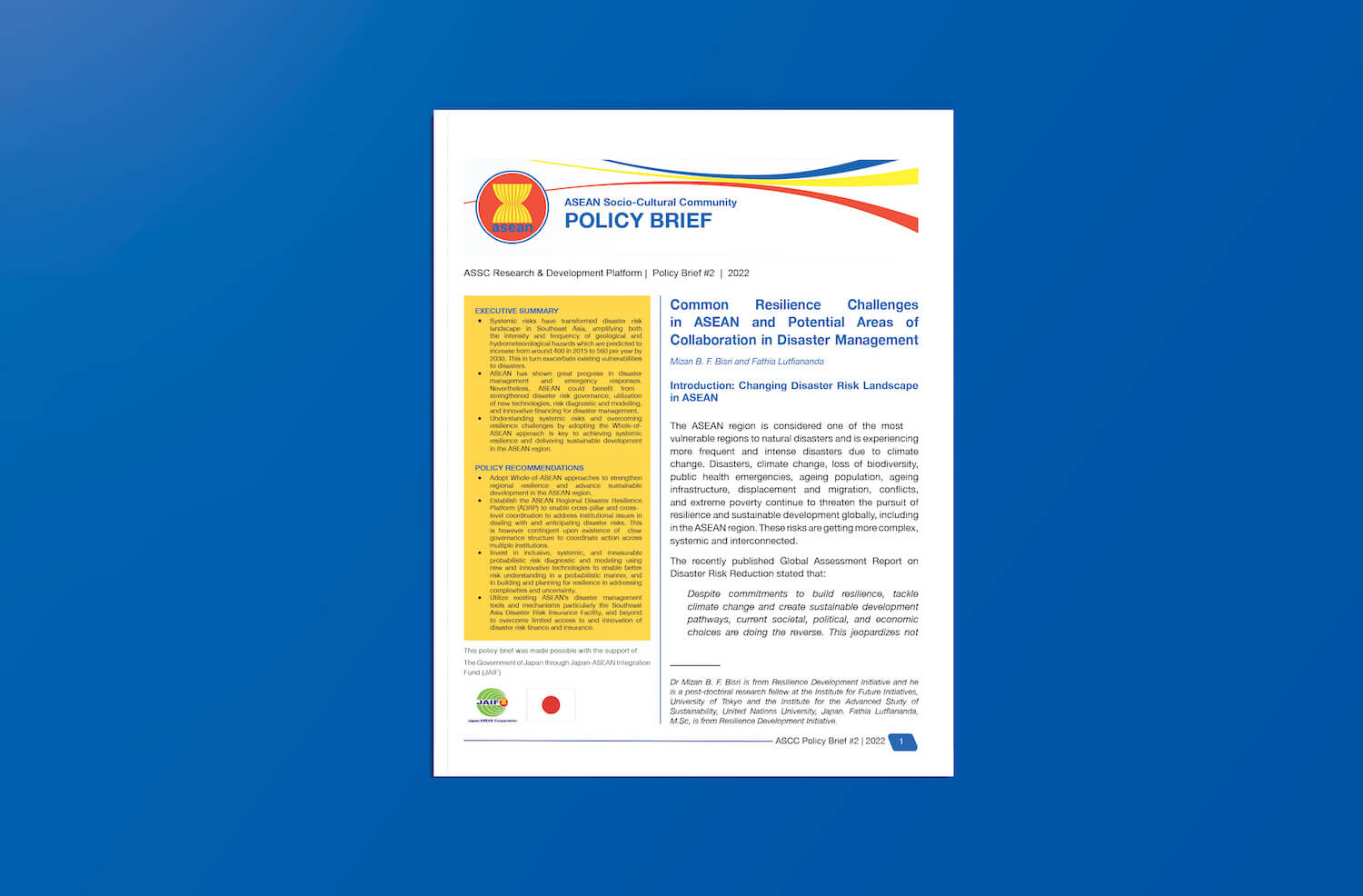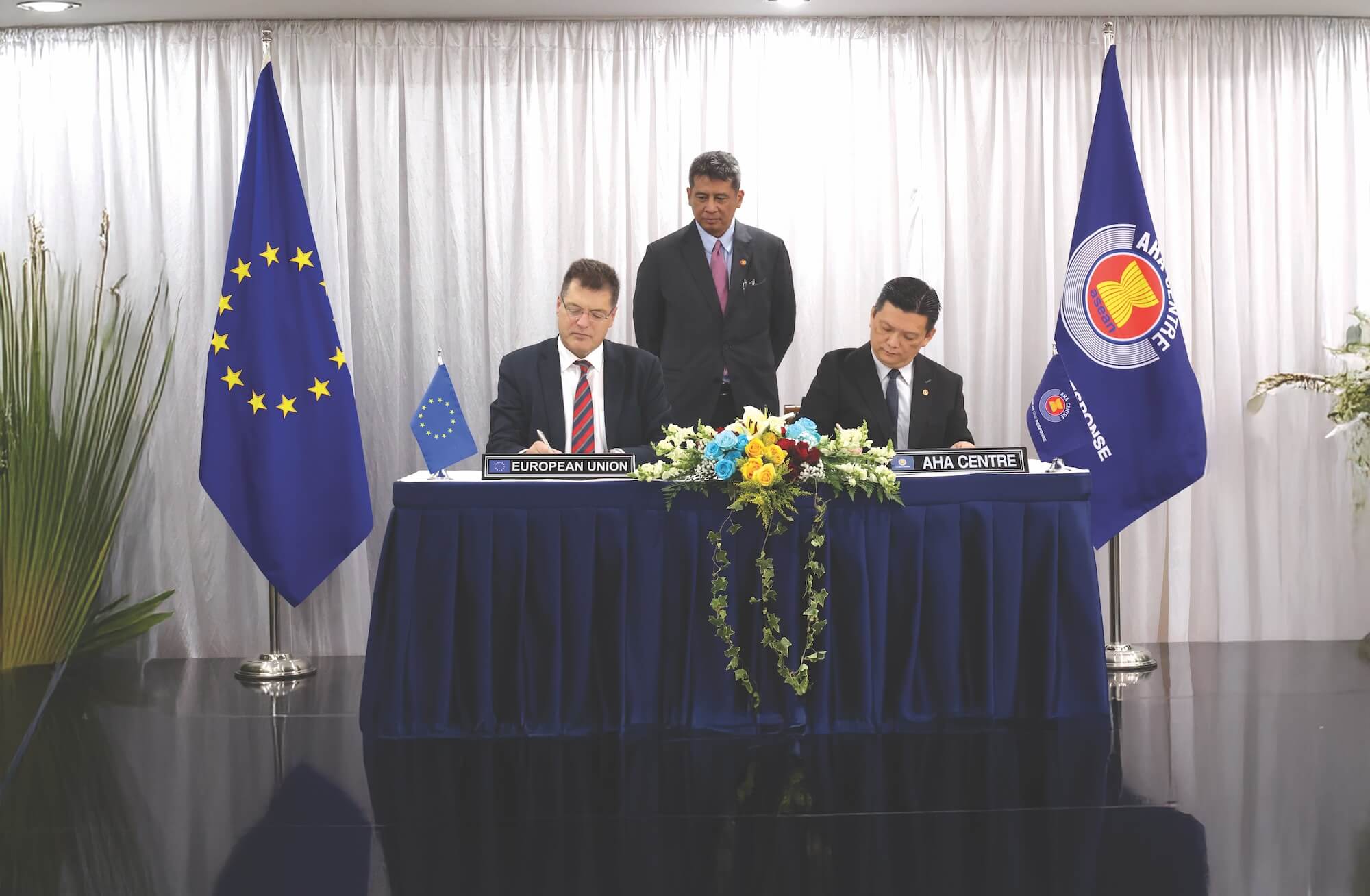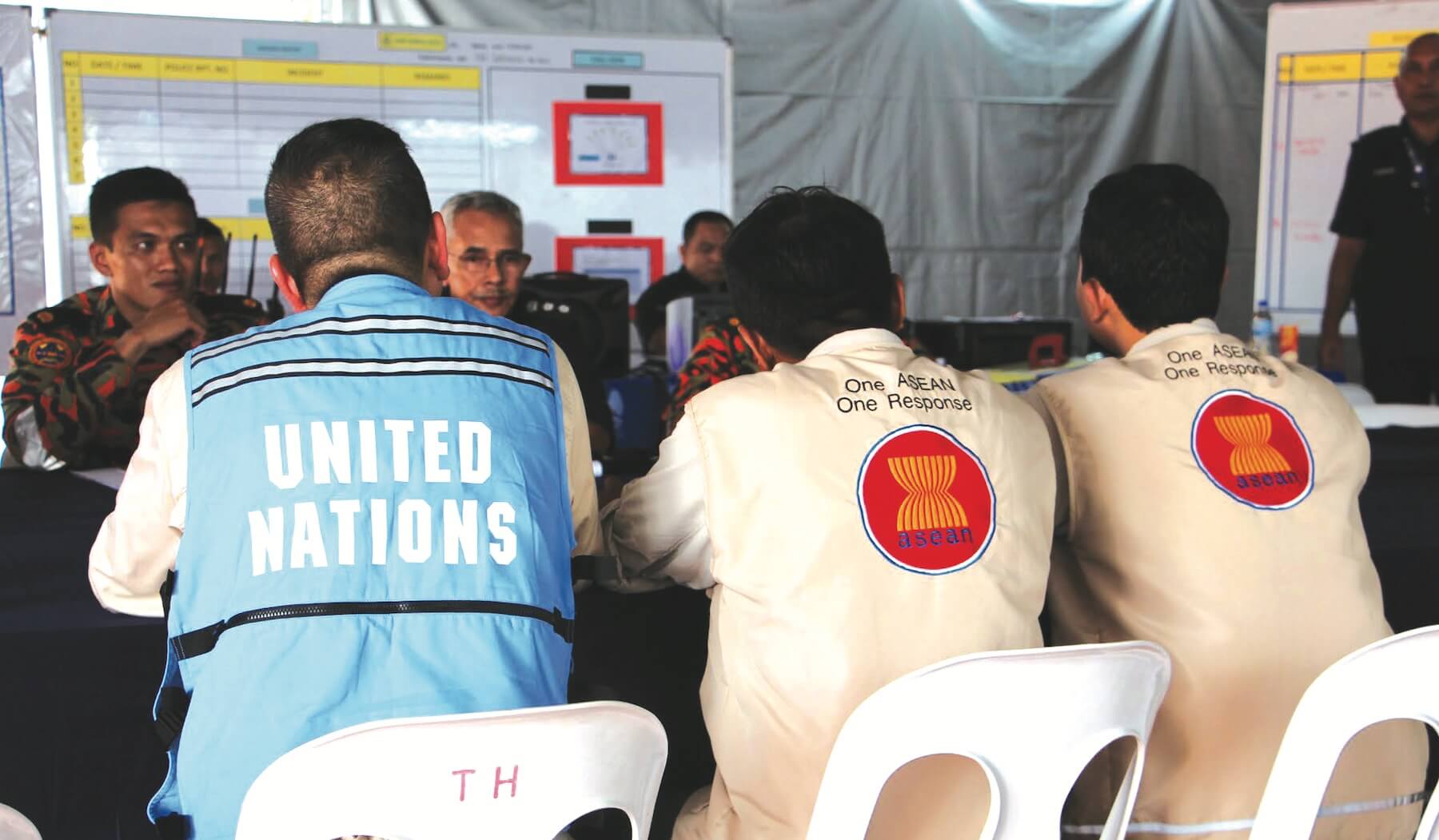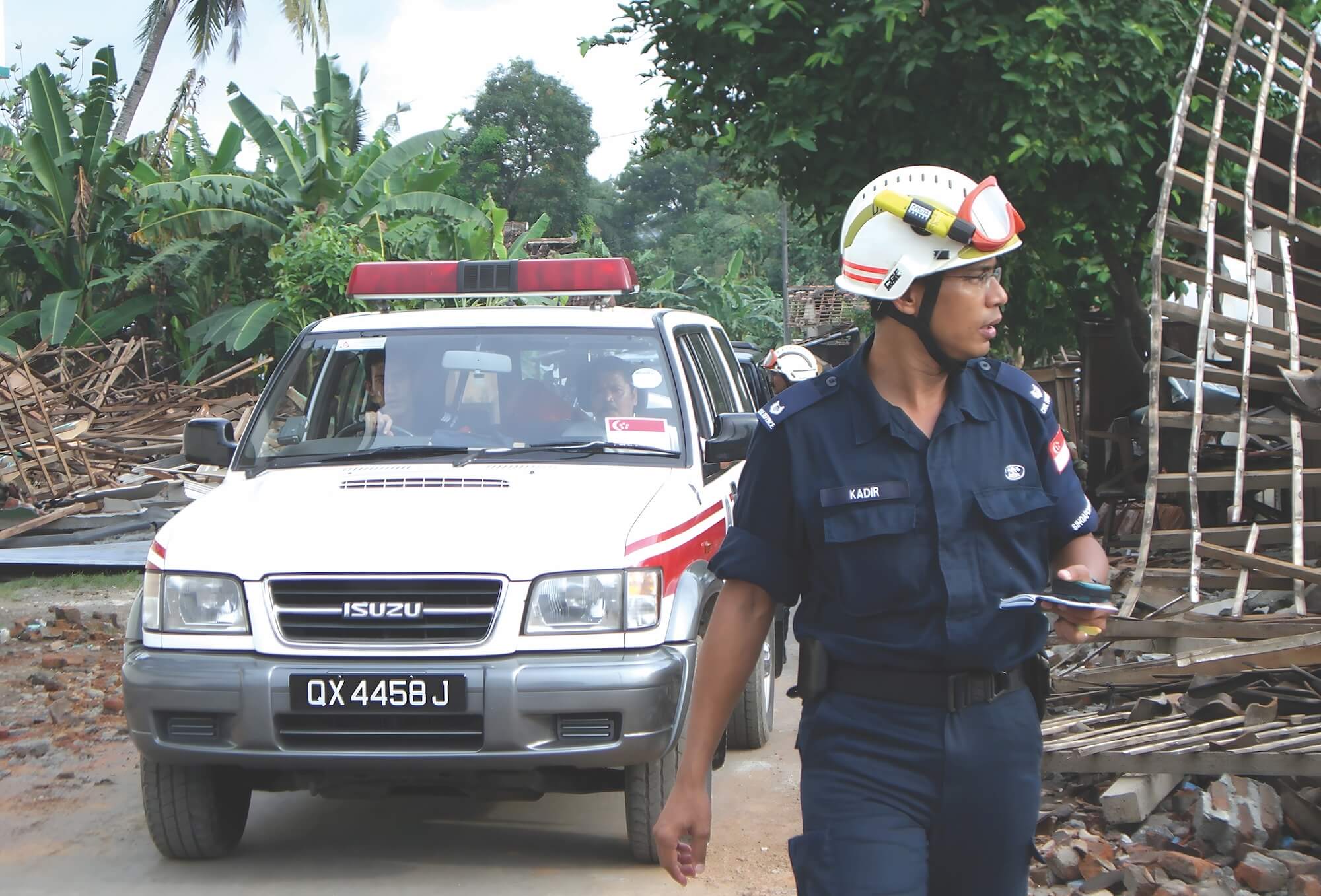




This policy brief recommends a focus on institutions, financing, and technology to improve disaster resilience
Highlights of the Policy Brief
Scientists say the Earth’s average surface temperature has risen by about 1 degree Celsius since the Industrial Revolution. While the world is debating how to keep the temperature from crossing the dangerous 1.5-degree- Celsius threshold, Southeast Asia is already experiencing global warming’s worst impacts.
And the threats do not stop there. Even as most countries in the region are still reeling from the lingering effects of the COVID-19 pandemic, experts warn of emerging biological and health security risks. The region also has a front-row seat on natural hazards, such as earthquakes, tsunamis, typhoons, floods, and landslides.
ASEAN Member States, individually and as a group, have policies, plans, and programmes to manage these threats. But what areas need to be improved? What gaps need to be plugged? The ASEAN Socio-Cultural Community Policy Brief #2 titled, “Common Resilience Challenges in ASEAN and Potential Areas of Collaboration in Disaster Management”, examines some of these areas and identifies measures for countries to consider.
But first, the policy brief makes a case for looking at climate change, COVID-19, and other threats as “systemic risks.” This means that they do not only have the potential to cause direct loss and damage but can also trigger a chain of disruptions and open up vulnerabilities across existing systems, e.g. social, economic, and environmental. These disruptions may occur simultaneously or in a sequential or cascading manner.
In the case of climate change, the impact in the region has been frequent extreme weather events, such as tropical cyclones, storm surges, and drought, which have led to mass casualties, destruction of property and infrastructure, disruption of public services, and loss of livelihood. People have been forced to flee their homes and pushed into poverty. Poverty, in turn, increases people’s exposure to climate-related and other natural hazards.
At the macro scale, extreme weather has wreaked havoc on agriculture, fisheries, and other economic sectors—so much so that experts say the region could lose 35 per cent of its GDP from climate change and natural disasters by 2050. This has ramifications for the longer-term development and stability of countries in the region.
Sea level rise, intense flooding, and biodiversity loss are also major consequences of climate change, bringing with them a new cycle of risks.
Using the systemic risk lens helps countries realise that climate change’s ripple effects are wide-ranging, hard to track and measure, and sometimes unforeseen. It compels them to shift their strategy towards building overall resilience so that systems, institutions, and people can survive, adapt to, and quickly recover from these effects.
The policy brief recommendations for improving the resilience of ASEAN Member States. These are as follows:
- Establish the ASEAN Regional Disaster Resilience Platform to enable cross- pillar and cross-level coordination to address institutional issues in dealing with and anticipating disaster risks. However, this is contingent upon the existence of a clear governance structure to coordinate action across multiple institutions.
At present, disaster risk management is not integrated or taken into consideration in the policies, plans, and programmes of other sectors and pillars of ASEAN. Existing disaster coordination mechanisms, such as the ASEAN-Emergency Response and Assessment and the Disaster Emergency Logistics System of ASEAN, are also not maximised for disaster preparedness and response at the regional and national levels. Moreover, vulnerable and affected populations are often not directly involved in decision-making processes. The ASEAN Regional Disaster Resilience Platform is a mechanism where these gaps can be addressed. - Invest in inclusive, systemic, and measurable probabilistic risk diagnostic and modelling using new and innovative technologies to enable better risk understanding in a probabilistic manner and in building and planning for resilience in addressing complexities and uncertainty.
Cutting-edge technologies, such as drones, satellites, and space- based technologies, enable the collection of accurate, real-time, and quality data to forecast risks, inform emergency response, and plan post-disaster reconstruction. At the moment, however, not all relevant actors have access to them, or have the technical know-how to analyse these data. Investing in both technology and capacity-building programmes must therefore go hand in hand. Technology-based data must also combine with local knowledge, community feedback, and expert opinion in resilience-building planning. - Utilise existing ASEAN disaster management tools and mechanisms, particularly the Southeast Asia Disaster Risk Insurance Facility, to overcome limited access to and innovation of disaster risk finance and insurance.
National governments typically absorb financial losses from climate change- related and other natural disasters. However, businesses, households, and individuals have inadequate financial protection—through available and affordable insurance or contingent credit (pe-arranged loan)—to see them through disaster events, including their aftermath. Strengthening the Southeast Asia Disaster Risk Insurance Facility will bolster the financial resilience of the ASEAN Member States. The facility is an ASEAN+3 initiative, in partnership with The World Bank, which offers participating countries insurance and risk management solutions against climate-related and other natural disasters.








